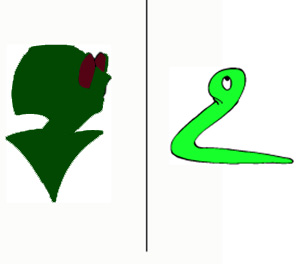Click on image for full size
Courtesy of Nova Corporation
Related links:
Real Aliens Don't Look Like E.T.
News story originally written on May 19, 1999
Twenty years after the making, E.T. the extraterrestrial is still entertaining the world. Portrayed as a lovable, happy friend, E.T. stole the hearts of millions over the years. However, to this day scientists have yet to find any evidence of an alien species resembling this cute companion. Still, scientists believe that other living beings exist in our Universe.
"There are good reasons to think, as biologists, that there are organisms that exist elsewhere," Dr Don Cowan, of University College London, told The Royal Astronomical Society.
The likelihood of finding a creature as complicated and developed as E.T. is very slim. Real aliens are probably very simple, but able to live in extremely harsh environments. Cowen believes that all creatures need basic conditions for survival, including water, nutrients and a temperature close to the Earth's.
Mars and Europa, one of Jupiter's many moons, are the two bodies in our solar system that may be able to support life. Both contain ice, meaning there is a possibility that liquid water exists on them.
Dr. Monica Grady, of the Natural History Museum in London, says,"Hopefully it will look like this," while pointing to a green alien. "But it will probably resemble that," she added while showing what looked like a large worm.
I guess a real alien would have trouble trying to "phone home"!















